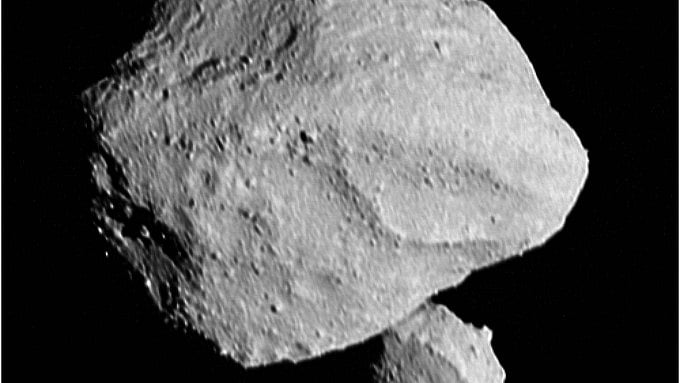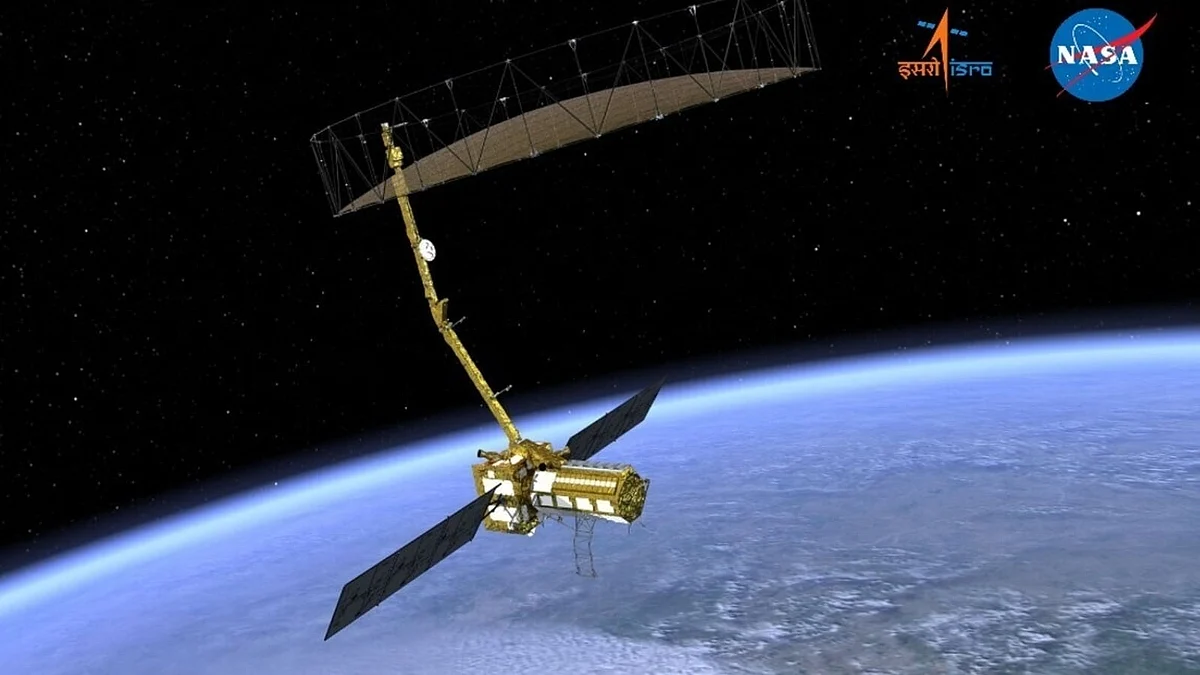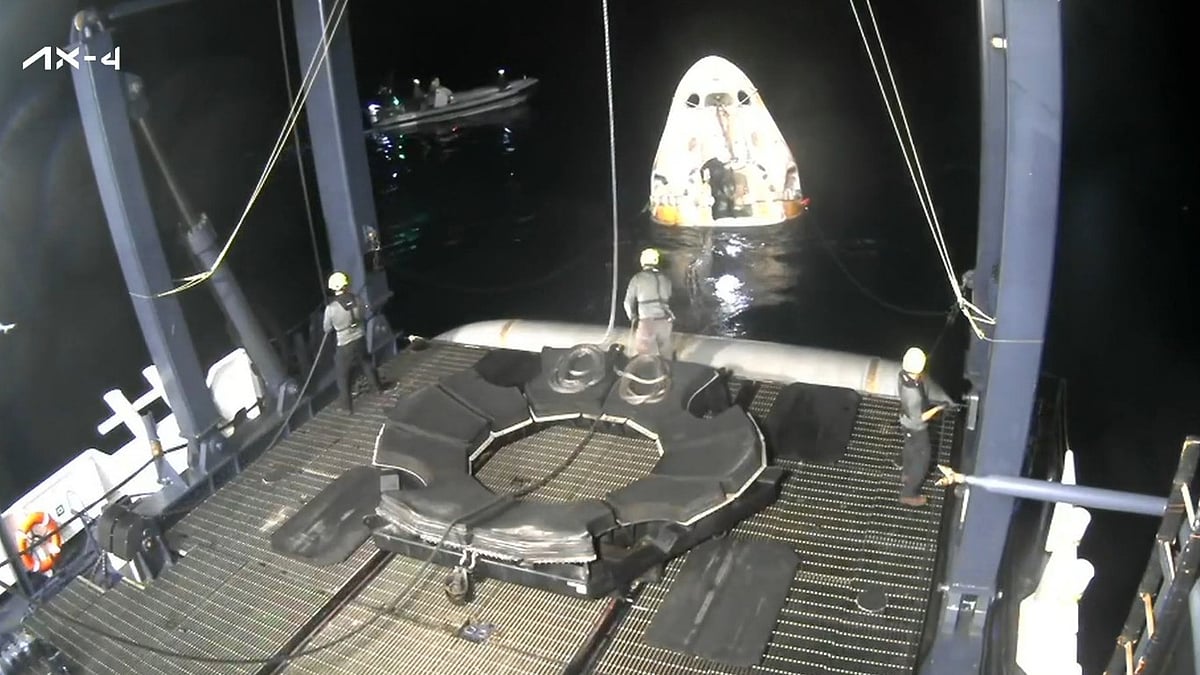In its latest release, NASA's Hubble Space Telescope released a stunning image of planet Jupiter in ultraviolet light. According to NASA, the image was released to honour Jupiter's opposition, which occurs when the planet and the Sun are on opposite sides of the sky, providing a unique perspective of the gas giant, including its most distinctive feature, the 'Great Red Spot.'
Jupiter in ultraviolet light
According to NASA's report, the storm seems deeper in the UV image because high-altitude haze particles absorb light at these wavelengths. Sharing a picture on social media, NASA wrote, "All eyes are on Jupiter after reaching opposition, which occurs when the planet and the Sun are on opposite sides of the sky."
"NASA Hubble telescope captures the gas giant in ultraviolet wavelengths, making it invisible to the human eye in blue, pink and purple hues. Scientists examine Jupiter's storm systems using UV wavelengths, imaging deep water clouds that define Jupiter's atmosphere," the post further read.
Additionally, the post read, "Clouds on stormy Jupiter are far taller than scientists expected, with some dipping 60 miles (100 km) below the cloud tops, the iconic Great Red Spot (here in ultraviolet blue) extends over 200 miles (350 km) below its highest peaks."
NASA's Hubble telescope
With Hubble's ultraviolet-observing capability, astronomers can explore the short, high-energy wavelengths of light beyond what the human eye can see. According to NASA, ultraviolet light shows remarkable cosmic phenomena such as light from the hottest and youngest stars trapped in local galaxies, the composition, densities, and temperatures of the material between stars, and the history of galaxies.
NASA's Lucy spacecraft encounters asteroid Dinkinesh
Earlier this month, NASA's Lucy probe encountered its first ten asteroids on its journey to Jupiter. The spacecraft flew past the small Dinkinesh in the main asteroid belt beyond Mars, roughly 300 million miles (480 million km) away. NASA explained it was 'a quick hello,' with the spacecraft speeding at 10,000 mph (16,000 kph).
Lucy approached Dinkinesh within 270 miles (435 km), testing its instruments in preparation for the larger and more enticing asteroids ahead. Dinkinesh is only a half-mile (1 kilometre) across, making it one of the smallest space rocks on Lucy's journey.











